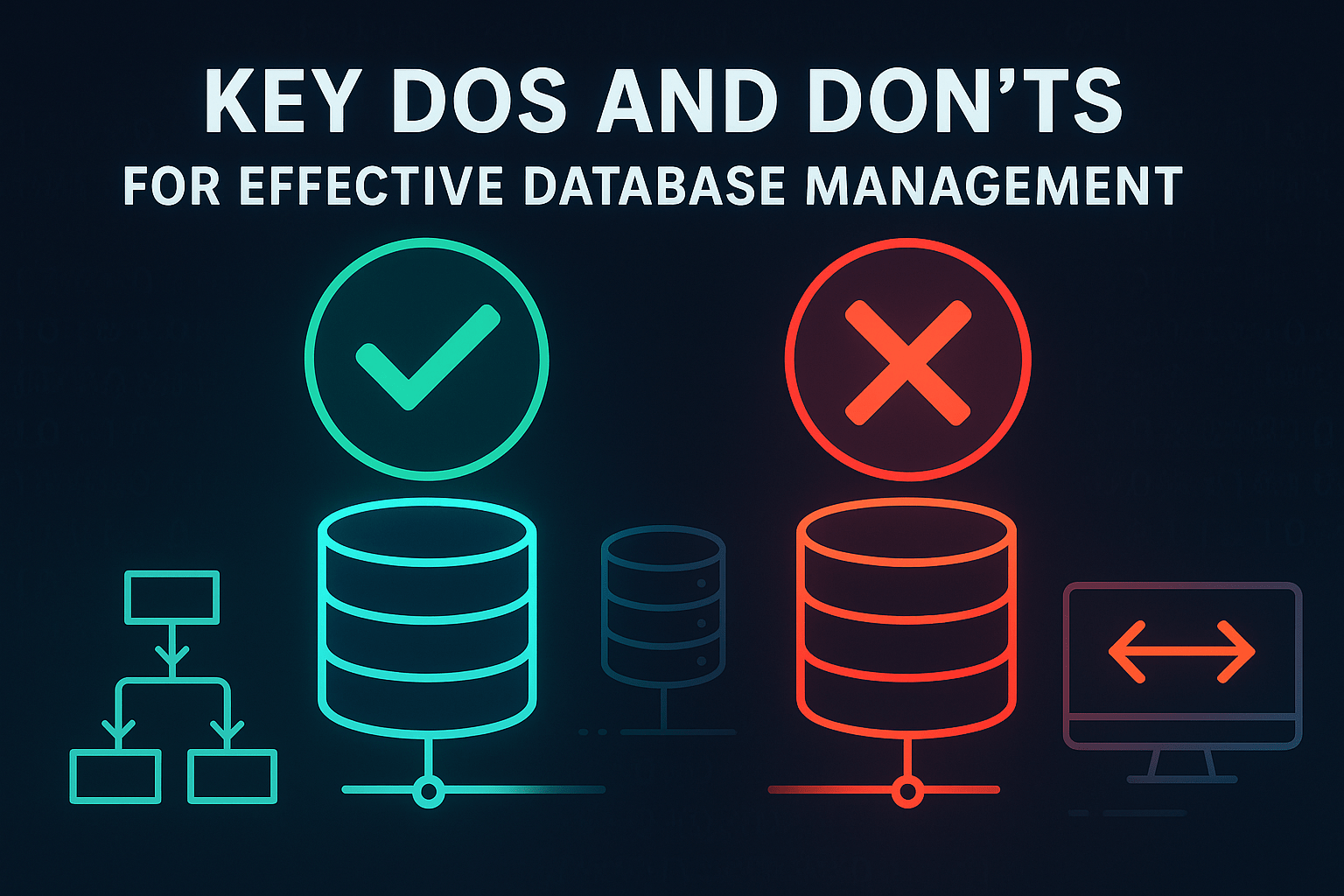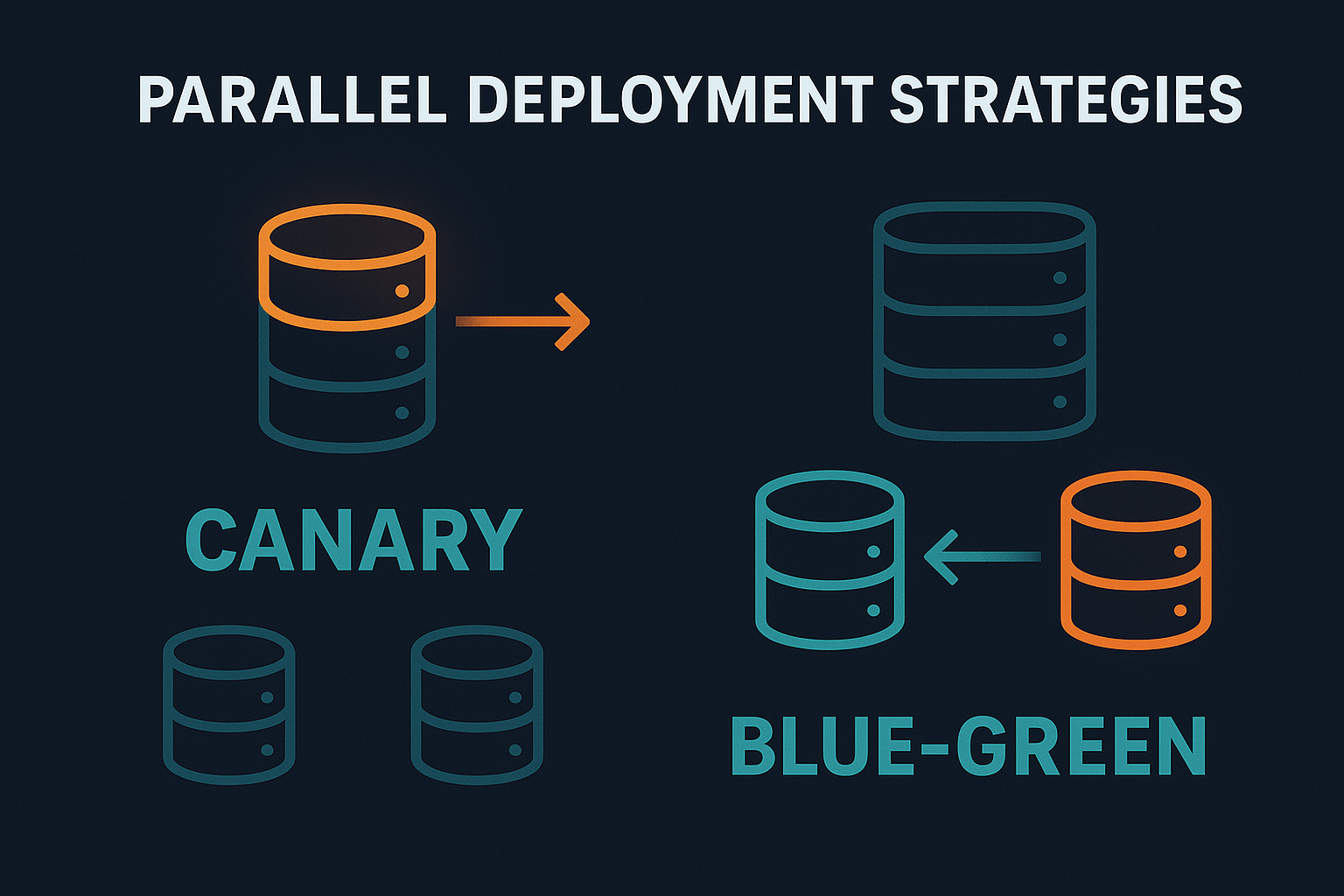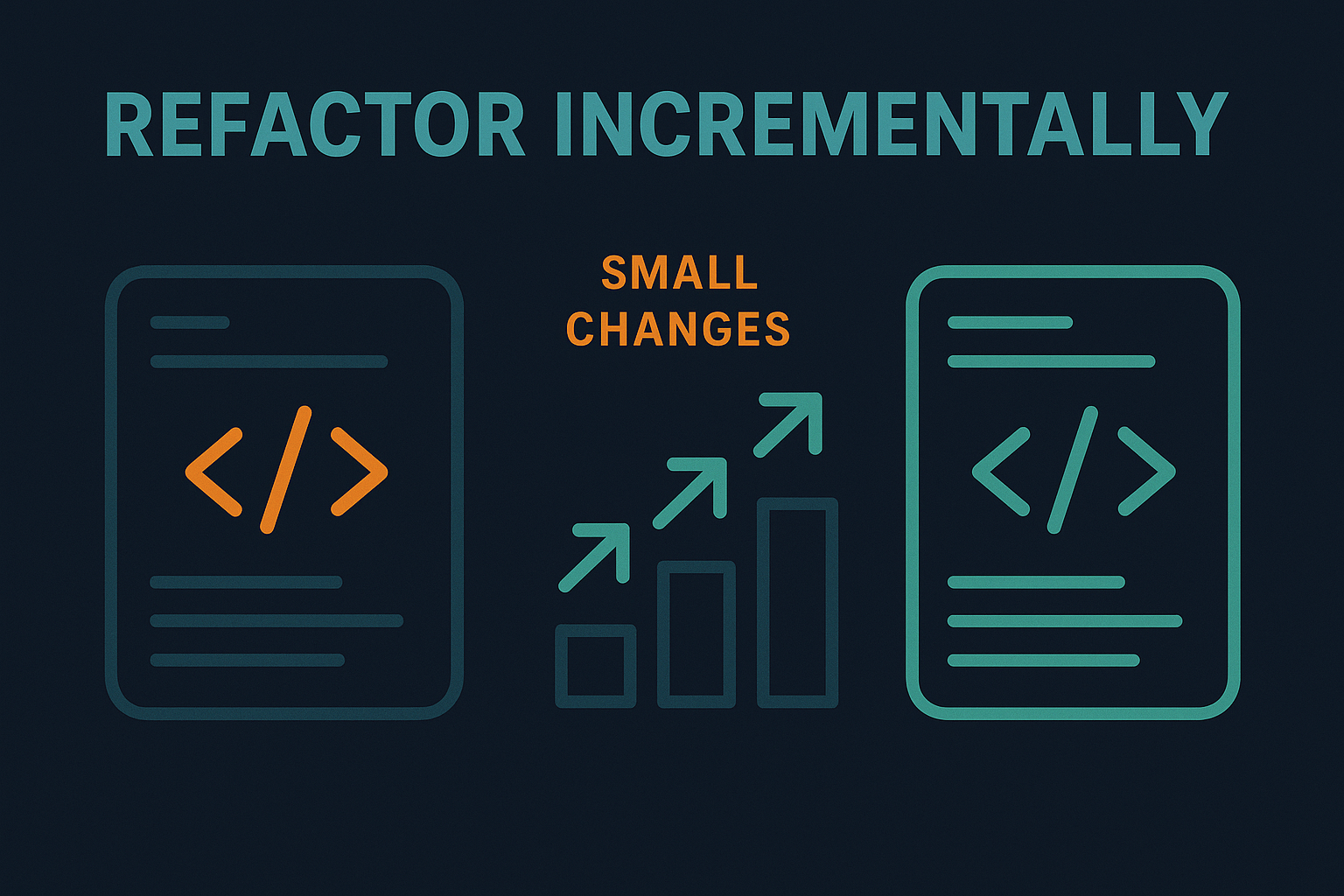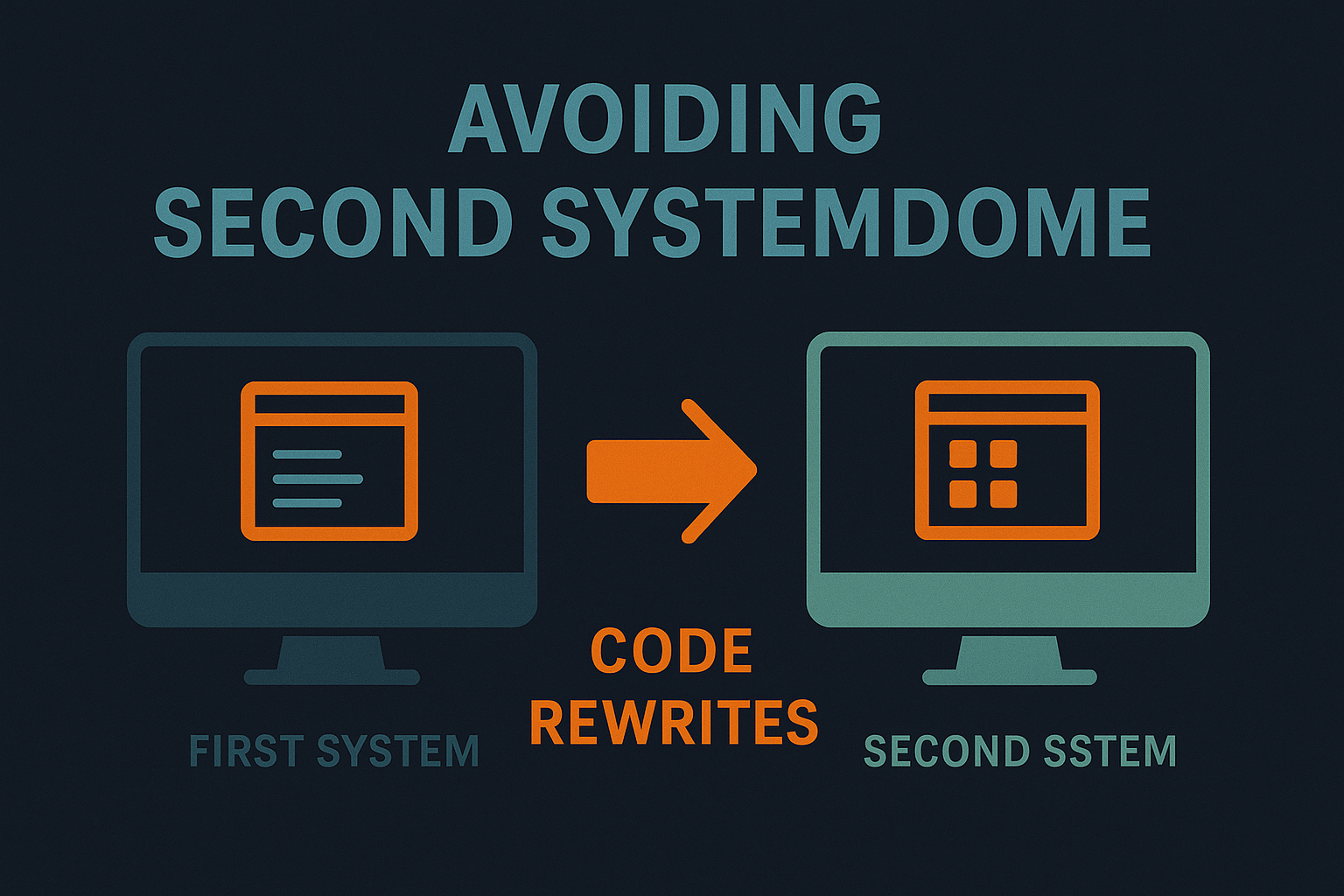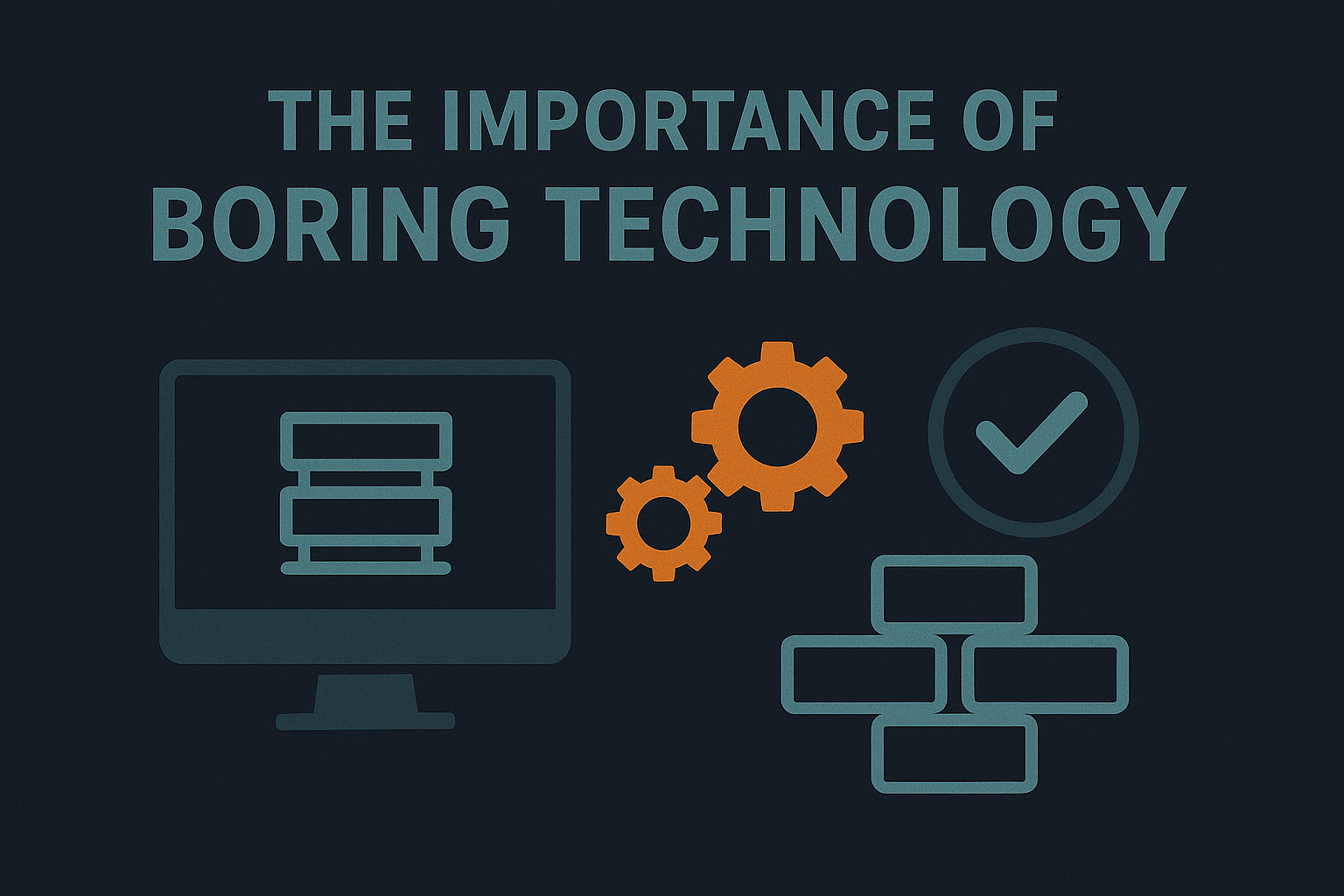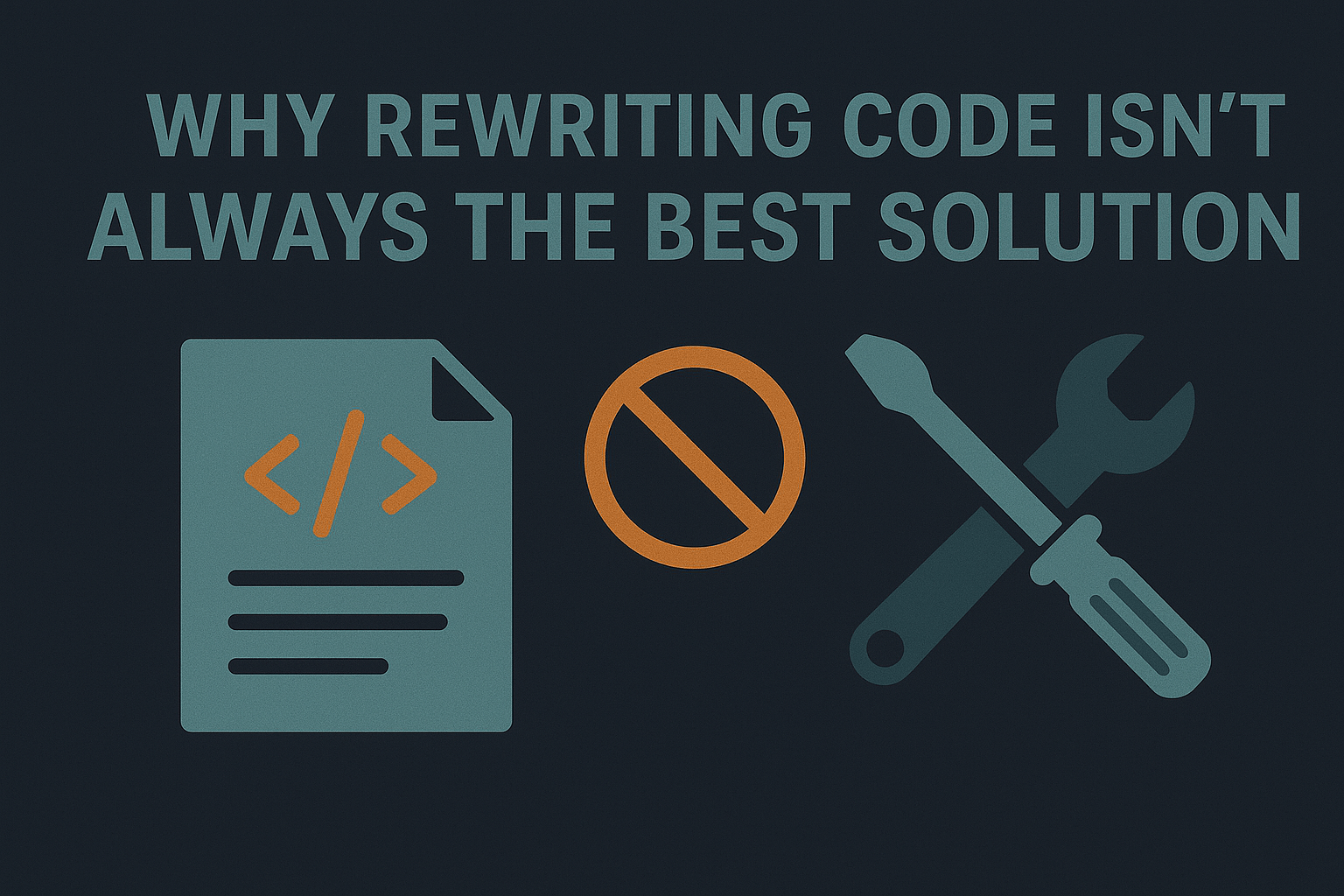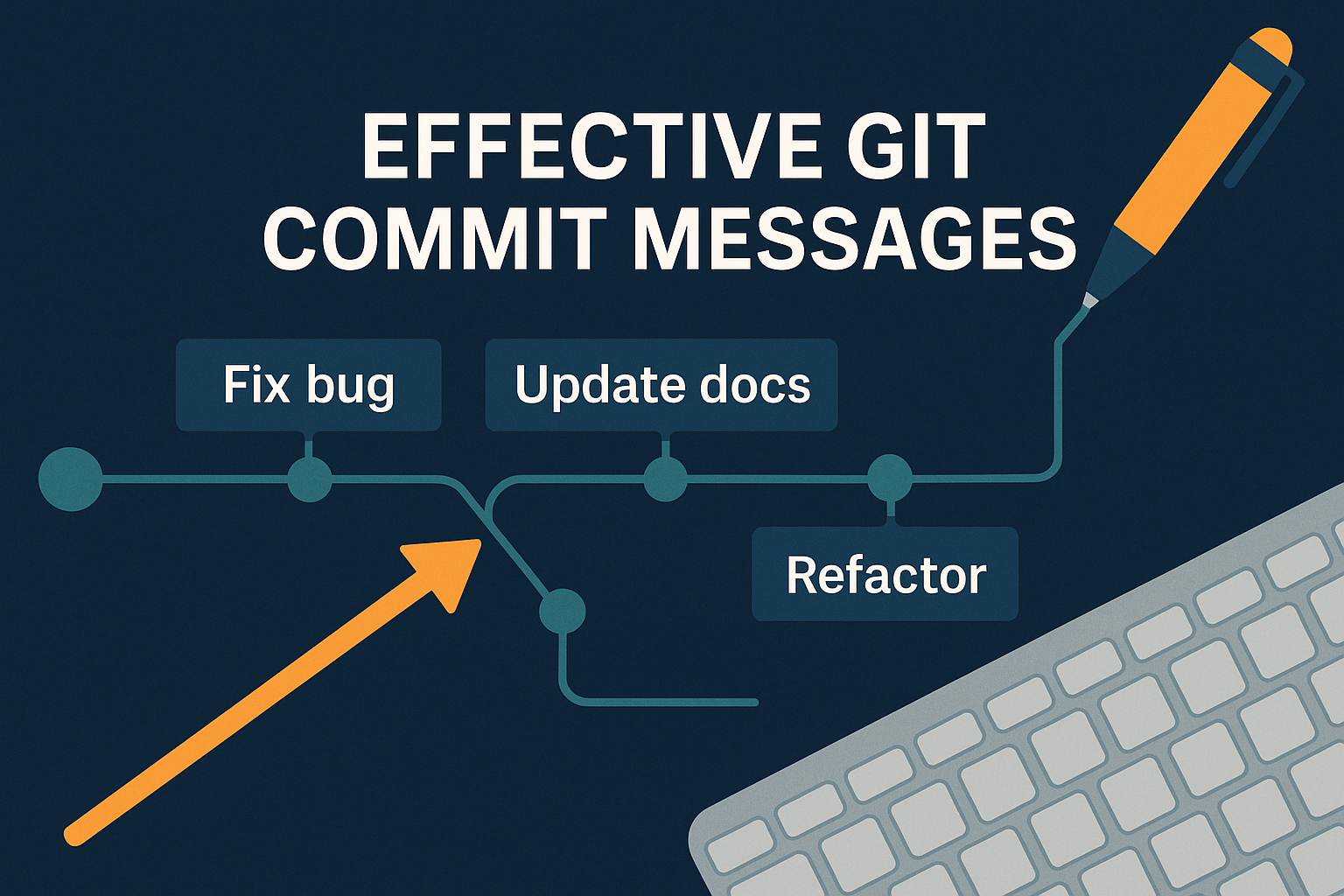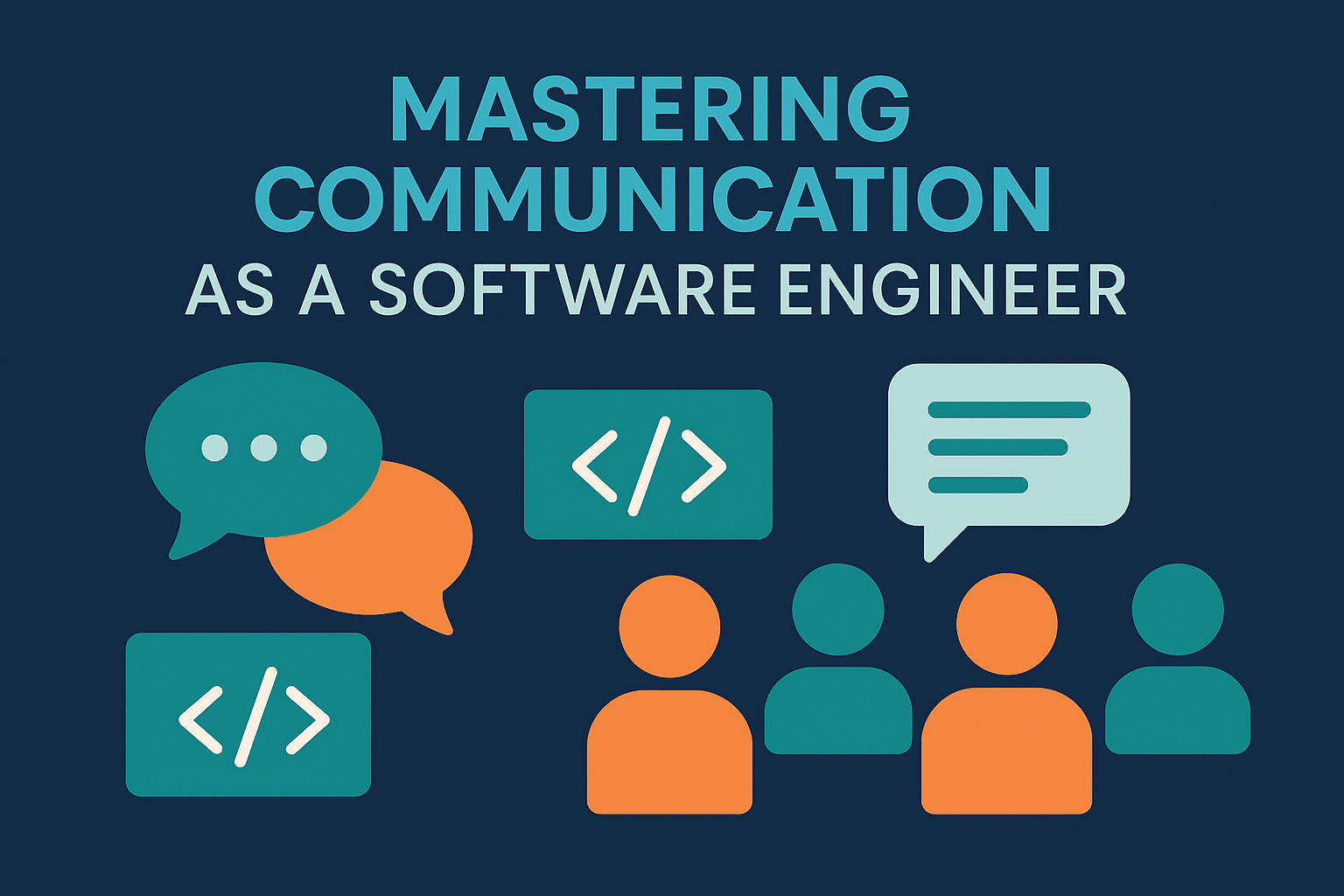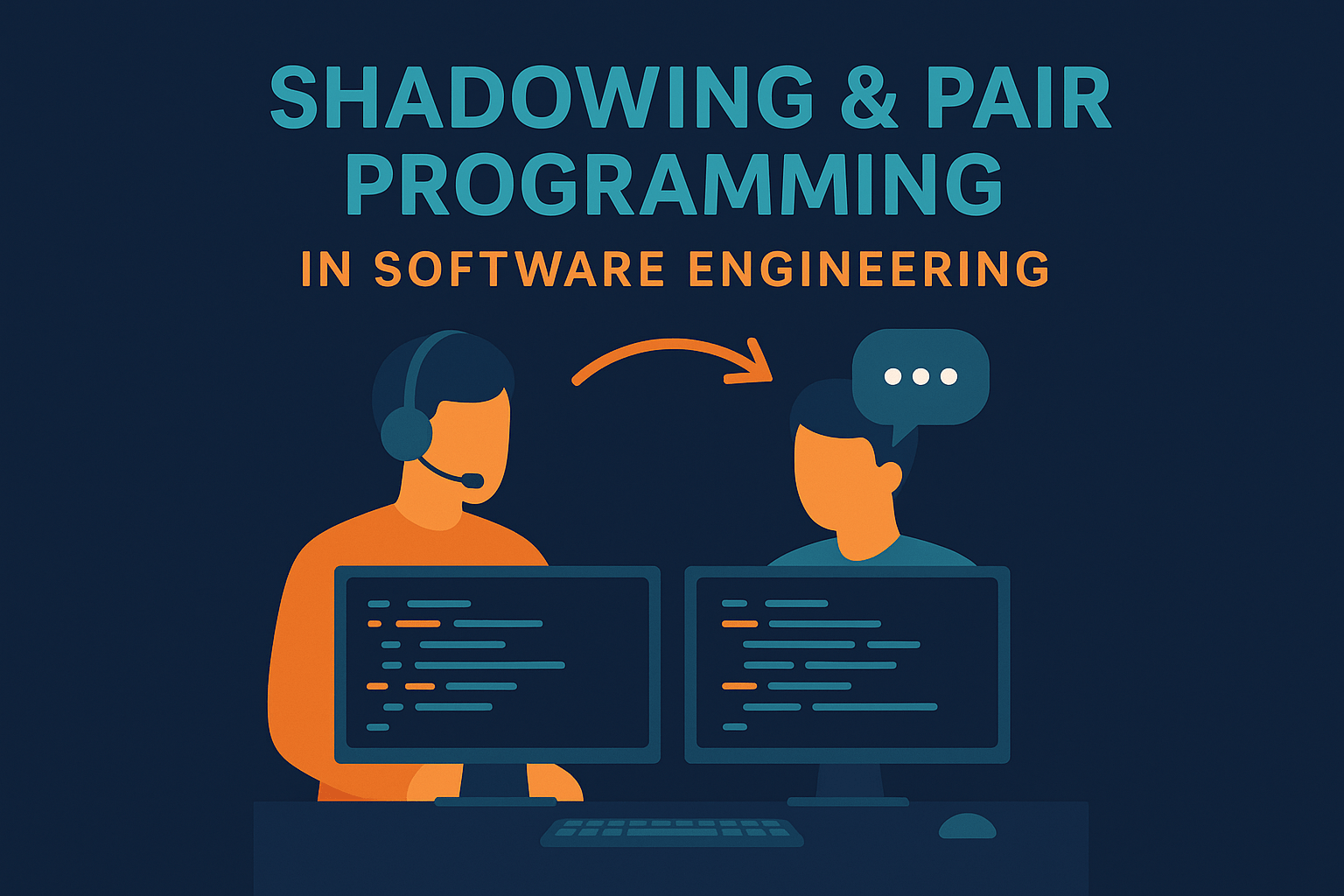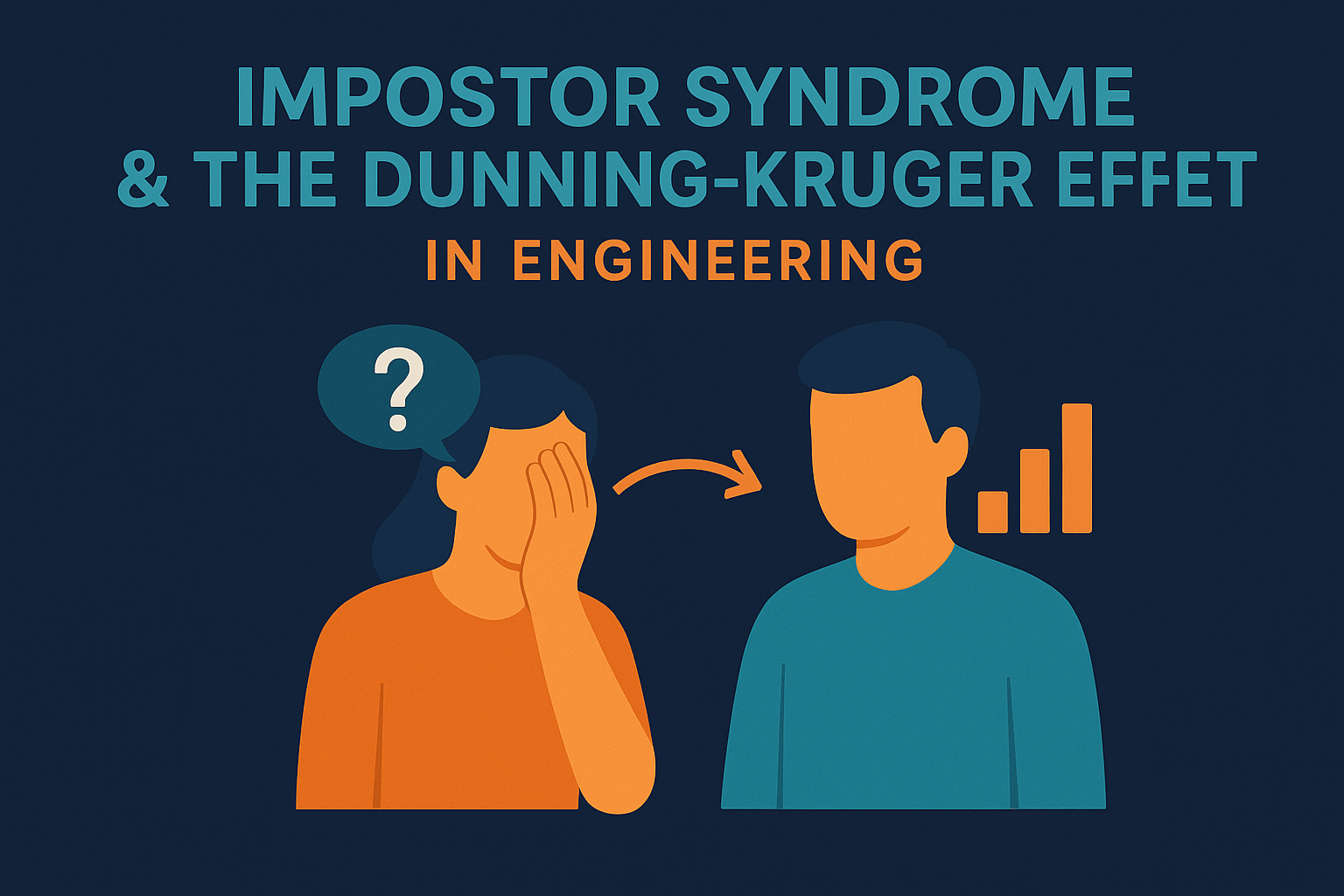Key Do’s and Don’ts for Effective Database Management
Maintaining a high-performance, scalable database requires careful planning and adherence to best practices. Whether you're managing schema design, database migrations, or compatibility checks, following a set of core principles can prevent common pitfalls and keep your database running smoothly. This post highlights essential do’s and don’ts for database management to guide you in making informed decisions. The Do’s of Database Management 1. DO Isolate Application Databases Isolating application databases provides flexibility and control over performance. When each application has its own dedicated database, schema changes can be implemented without impacting other applications, and resource usage is easier to monitor and optimize. Database isolation also improves security by limiting access to a single application, reducing the risk of data breaches. 2. DO Use Explicit Schemas for All Data Defining explicit schemas is critical for data integrity and maintainability. Explicit schemas specify data structure upfront, enabling validation as data is written. This approach minimizes data inconsistencies, making it easier for developers and analysts to interpret and analyze the data. Schemas also allow you to check for compatibility issues early on, helping maintain stable application performance. 3. DO Automate Schema Migrations Schema migrations are an inevitable part of database management, and automation reduces [...]

